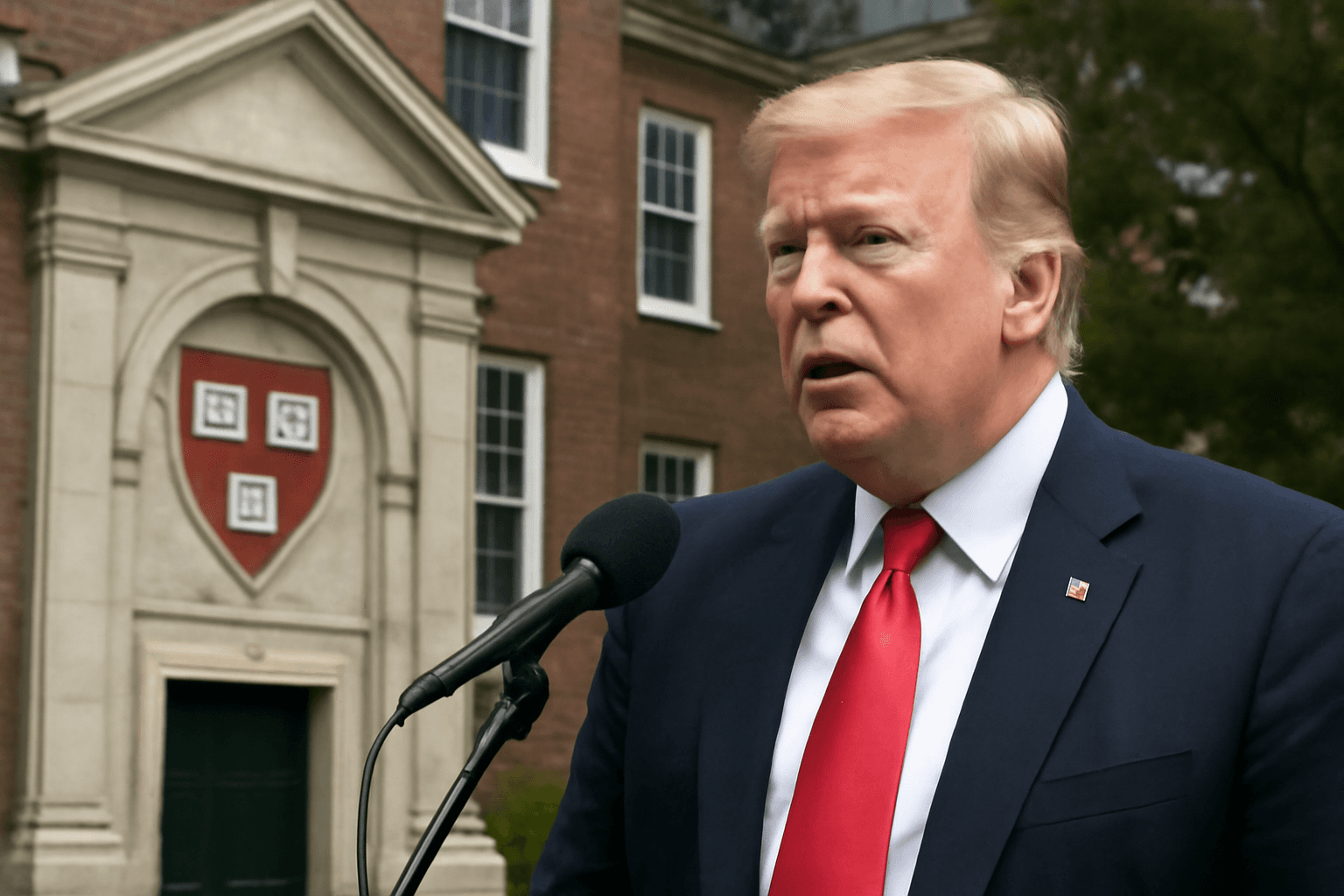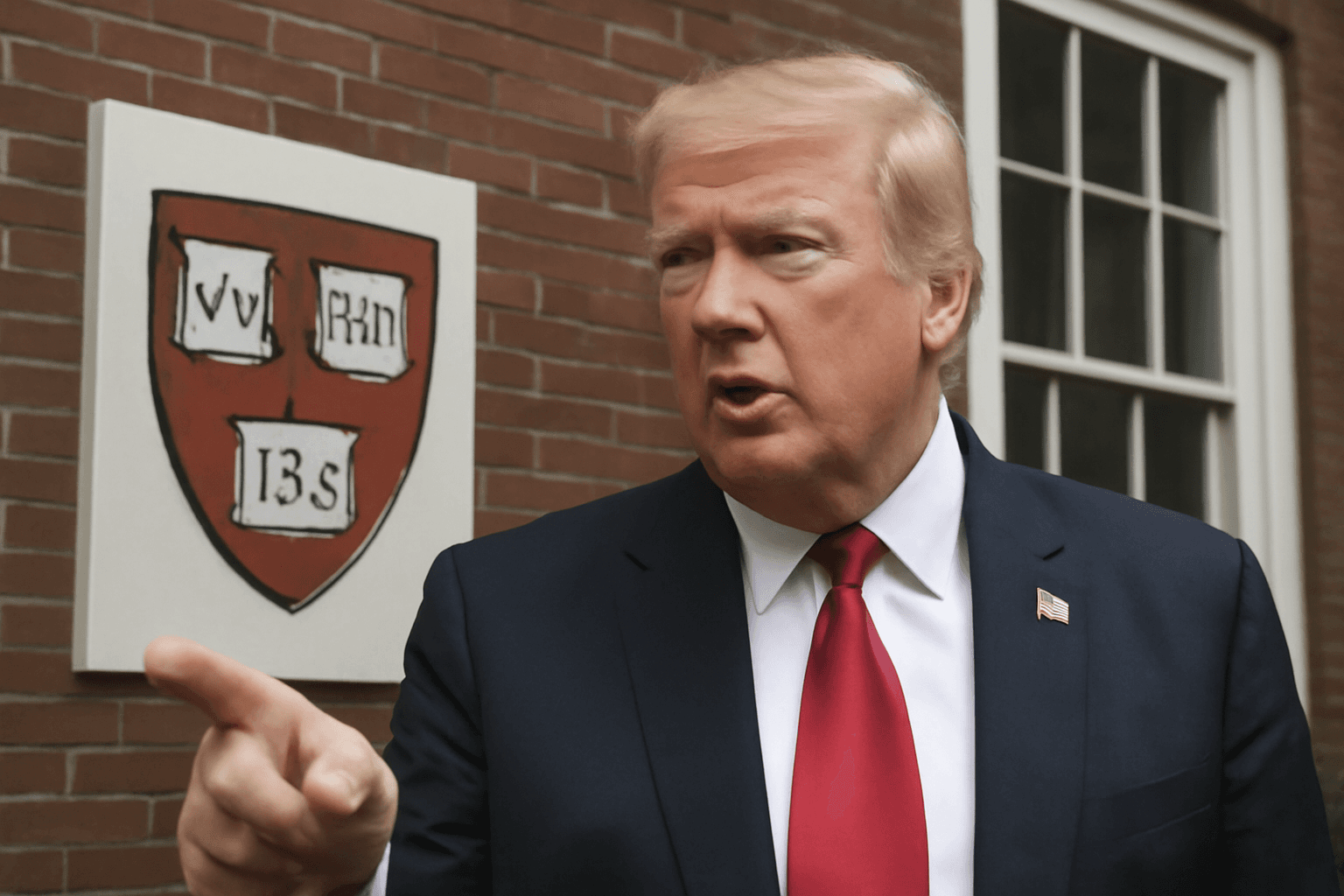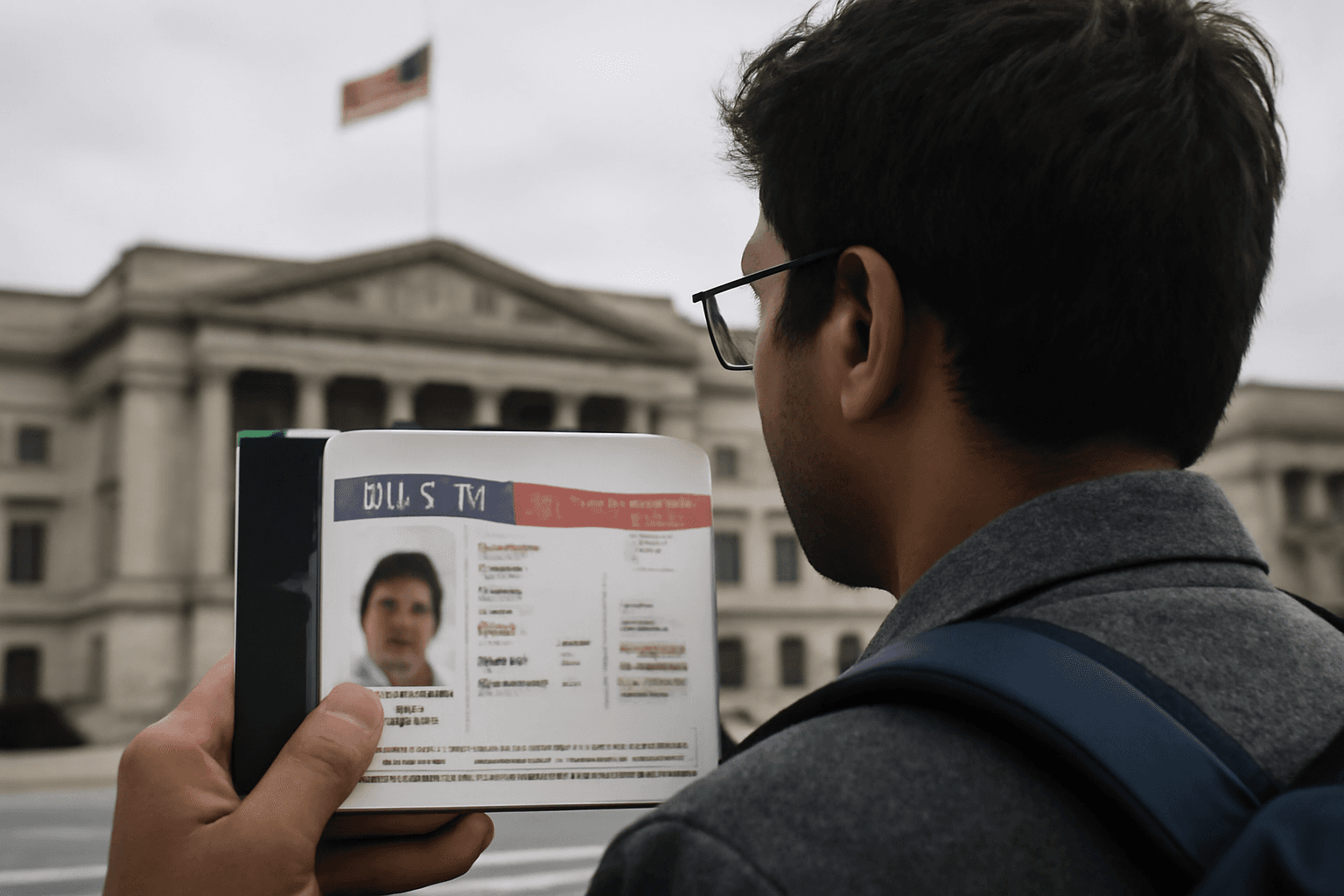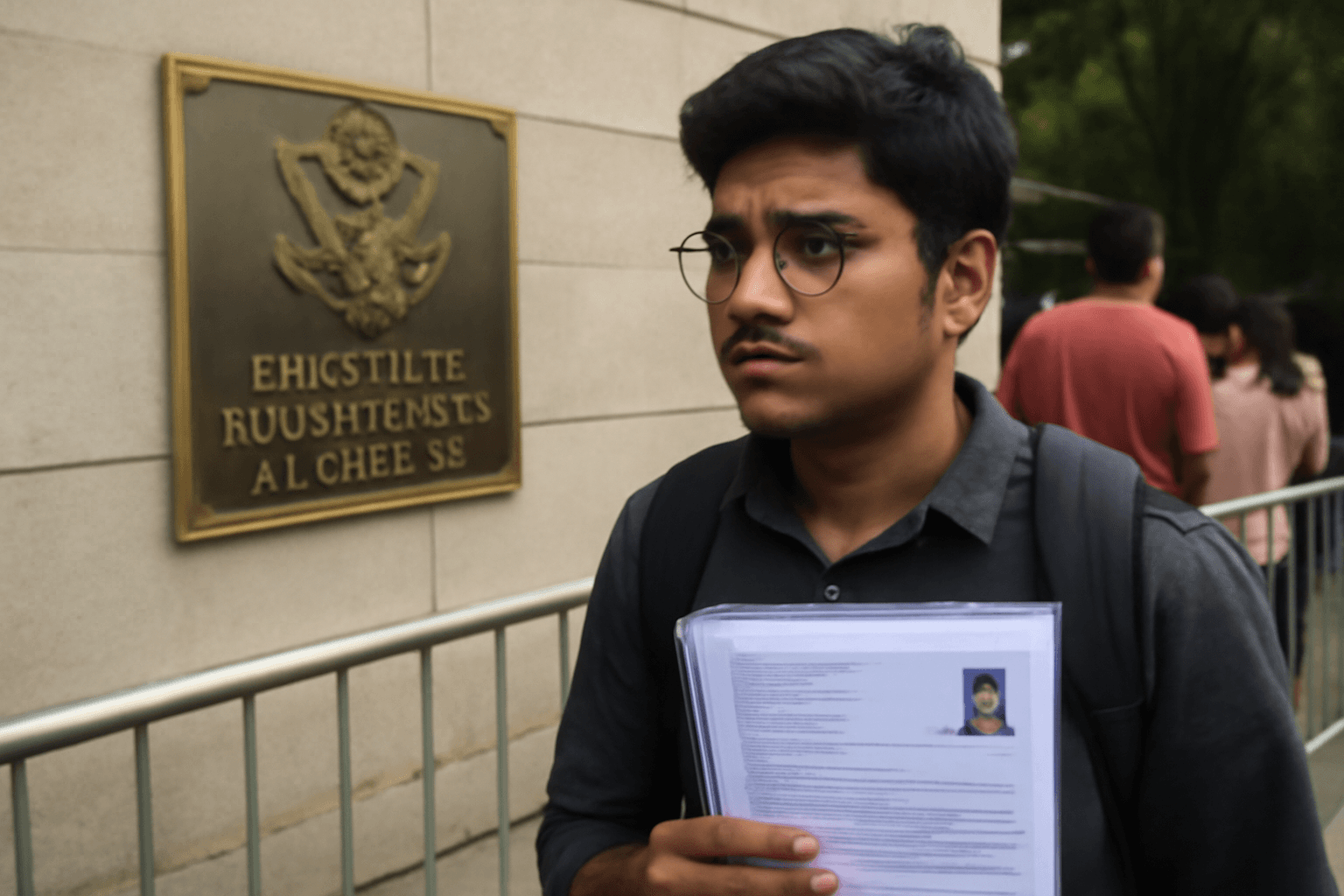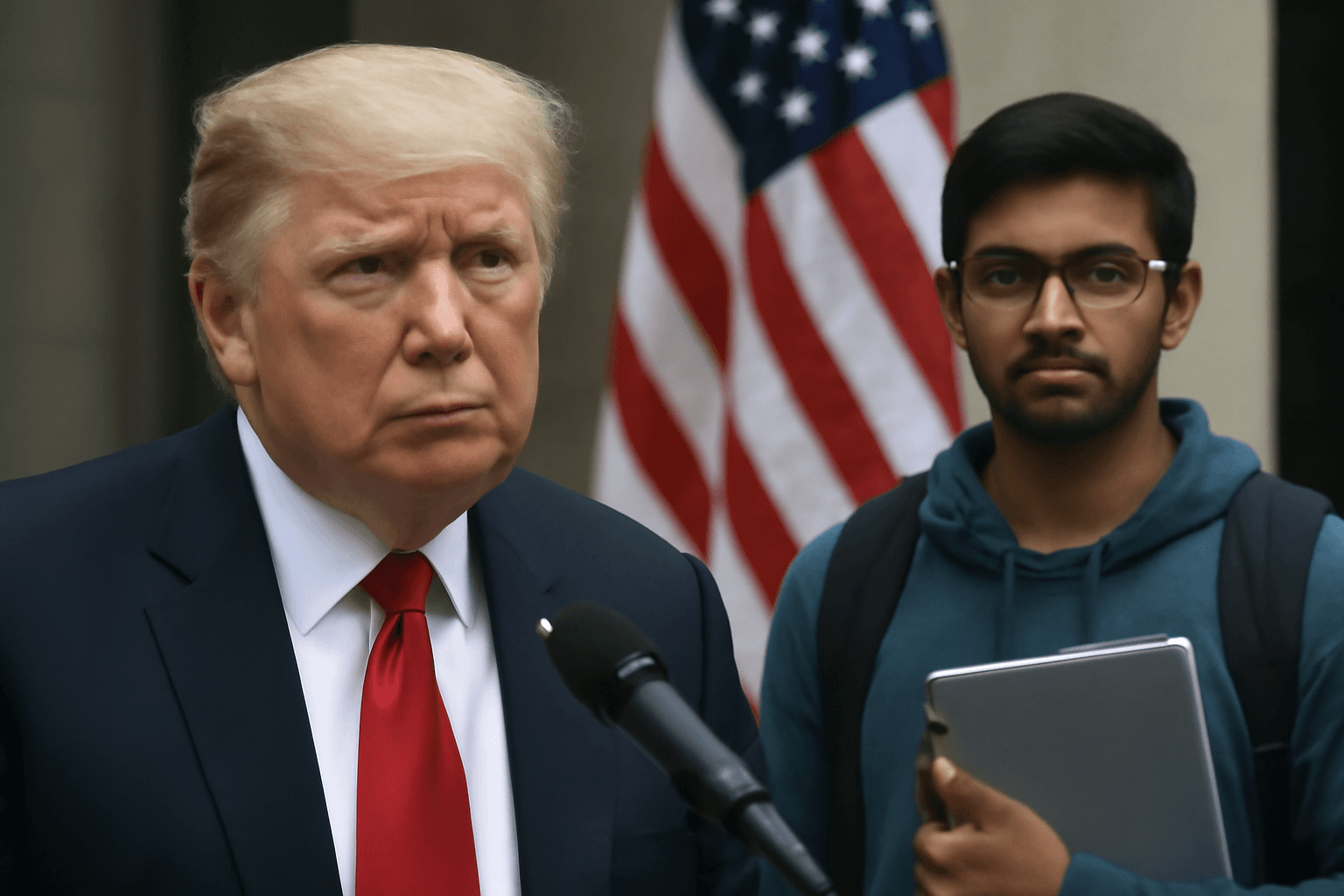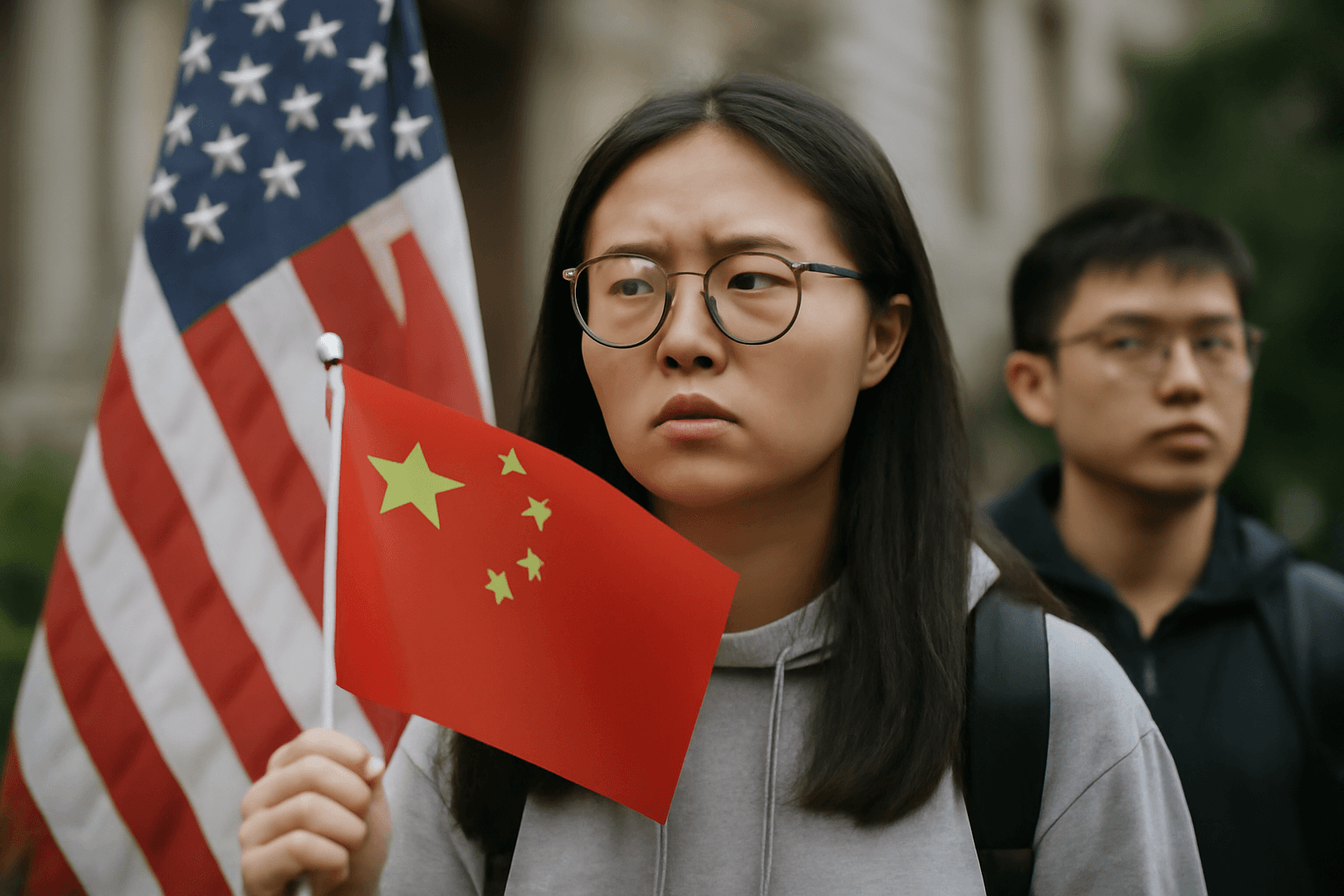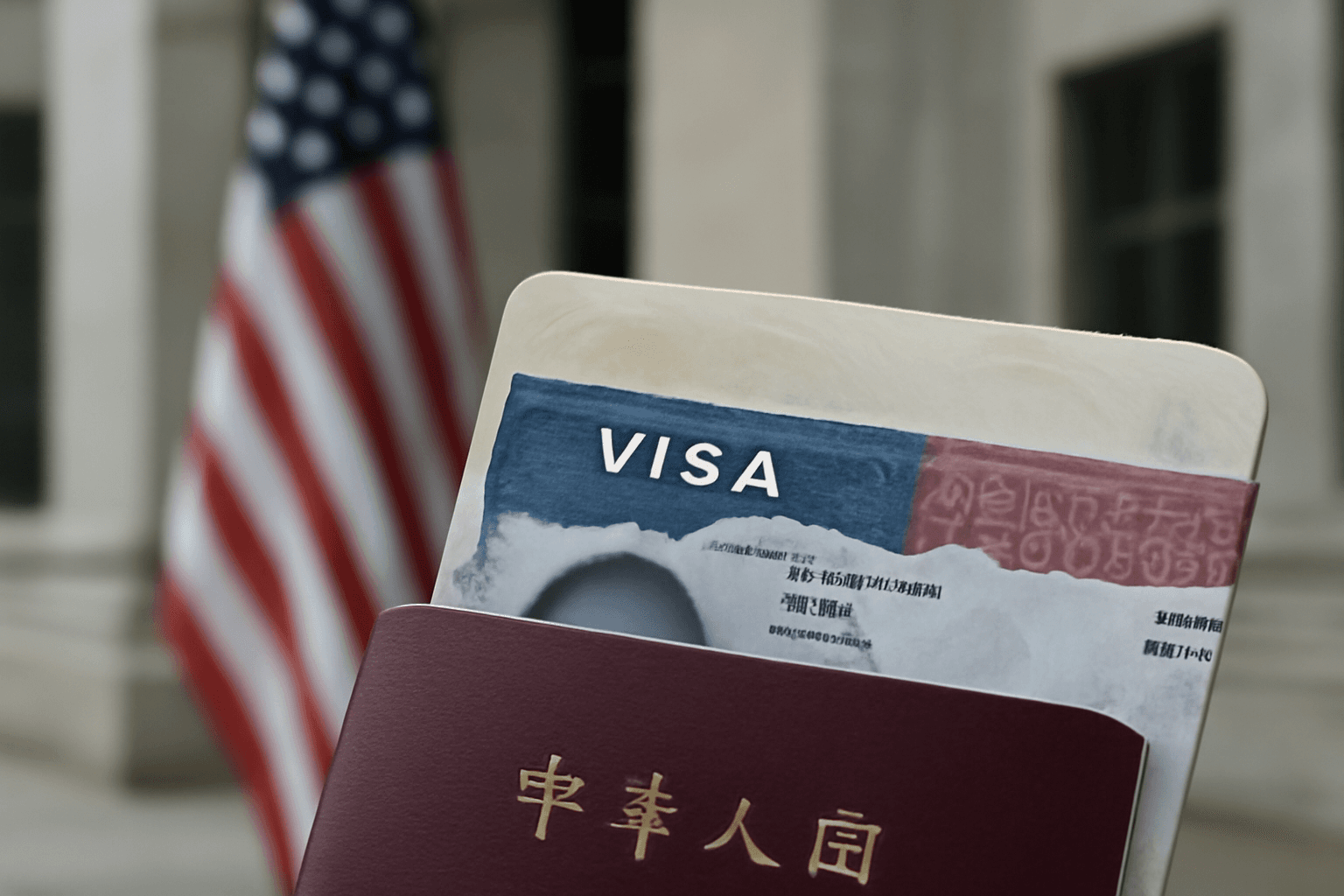Indian Families Pause US Education Plans Amid Visa Challenges
For many Indian families, sending their children to universities in the United States represents a pinnacle of educational success, often involving significant financial sacrifice. However, recent visa restrictions and administrative delays have led to a sharp reconsideration of this long-standing aspiration.
Decline in US Enrollment Among Indian Students
Indian students have historically represented the largest international student population in the US, surpassing others with over 330,000 enrollments recently. Yet, visa application challenges and added scrutiny have resulted in a steep decline. Educational consultancies that previously facilitated upward of 100 student placements annually now report numbers as low as 10.
Impact of Visa Policy Changes and Administrative Delays
Under increased visa vetting processes, including mandatory social media checks and a temporary pause on student visa interviews worldwide, many students face delays or uncertainty. These developments have sent shockwaves through the community, impacting years of preparation and investment.
Financial and Emotional Strain on Families
Indian families often invest their life savings into education abroad. For example, some parents have sold assets and borrowed extensively to fund tuition, which can range from $40,000 to $80,000 annually. Faced with unpredictable visa developments, many families express reluctance to proceed, concerned about the risk to their substantial financial commitments.
One parent highlighted the communal significance of this educational pursuit: “It's not only about my son but our entire family and community. We’ve worked hard for this opportunity, and the current uncertainties put all of that at risk.”
Shift Toward Alternative Study Destinations
Consequently, Indian students and their families are exploring alternatives in the United Kingdom, Germany, and other European countries. Germany, in particular, is gaining prominence for STEM studies, while Ireland, France, and the Netherlands are emerging as attractive options. Additionally, the Middle East is appealing to some, given its proximity and perceived safety amid global political concerns.
Changing Trends in STEM Education Abroad
The United States has traditionally been a leader in science, technology, engineering, and mathematics (STEM) education for Indian students. However, due to evolving visa policies and institutional uncertainties, attention is shifting towards countries with more accessible and stable educational opportunities.
Conclusion
With growing visa complexities and the high financial stakes involved, many Indian families are re-evaluating their educational plans abroad. This shift reflects broader concerns about accessibility, safety, and the practical feasibility of pursuing the traditional 'American dream' in the current geopolitical climate.


